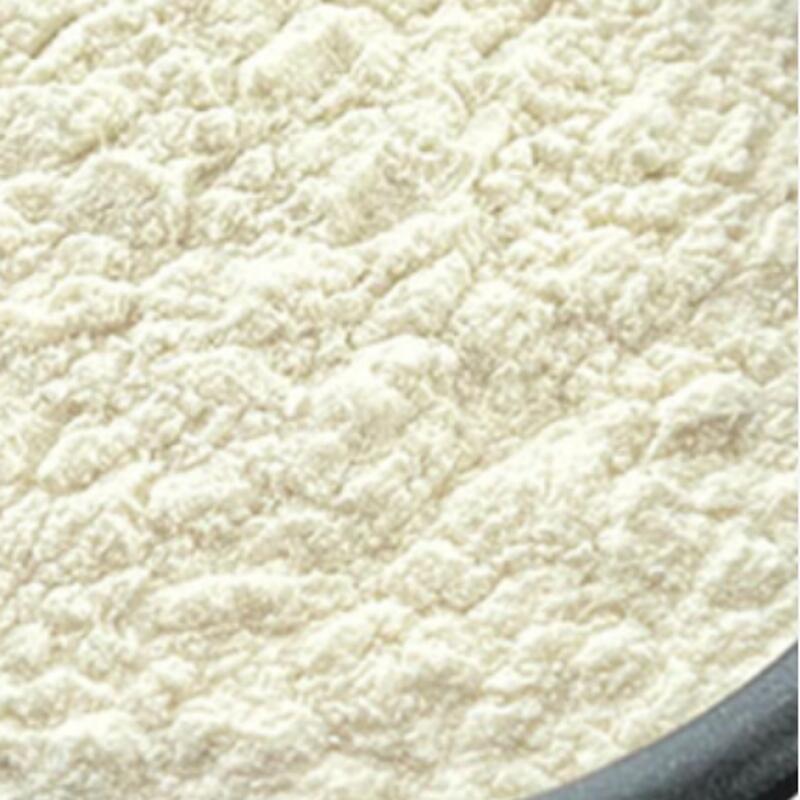-
Categories
-
Pharmaceutical Intermediates
-
Active Pharmaceutical Ingredients
-
Food Additives
- Industrial Coatings
- Agrochemicals
- Dyes and Pigments
- Surfactant
- Flavors and Fragrances
- Chemical Reagents
- Catalyst and Auxiliary
- Natural Products
- Inorganic Chemistry
-
Organic Chemistry
-
Biochemical Engineering
- Analytical Chemistry
-
Cosmetic Ingredient
- Water Treatment Chemical
-
Pharmaceutical Intermediates
Promotion
ECHEMI Mall
Wholesale
Weekly Price
Exhibition
News
-
Trade Service
The European Food Safety Authority (EFSA) believes that at current exposure levels (both dietary and non-dietary exposures), bisphenol A (BPA) does not threaten the health of
consumers, including fetuses, infants and adolescents.
BPA is used in the manufacture of polycarbonate plastics, which can be used to produce materials that come into contact with food, such as plastic bottles, plastic cutlery and paint on the lining of cans
.
BPA is also widely used in thermal paper
used in cash registers.
EFSA's study found that even as measured by the most recently reduced safe level (TDI, tolerable daily intake), consumers of all ages consume much less BPA through food, dust, cosmetics and thermal paper
.
The new data and research method allowed EFSA scientists to reduce the safe level of BPA from 50 micrograms per kilogram of body weight to 4 micrograms
.
Despite this, the dietary exposure or total exposure to BPA in different age groups is only 1/5~1/3
of TDI.
According to the worst estimates, the exposure level of 0~6 months old infants fed with feeding is only 1/50
of TDI.
(Pang Xiaohua)







